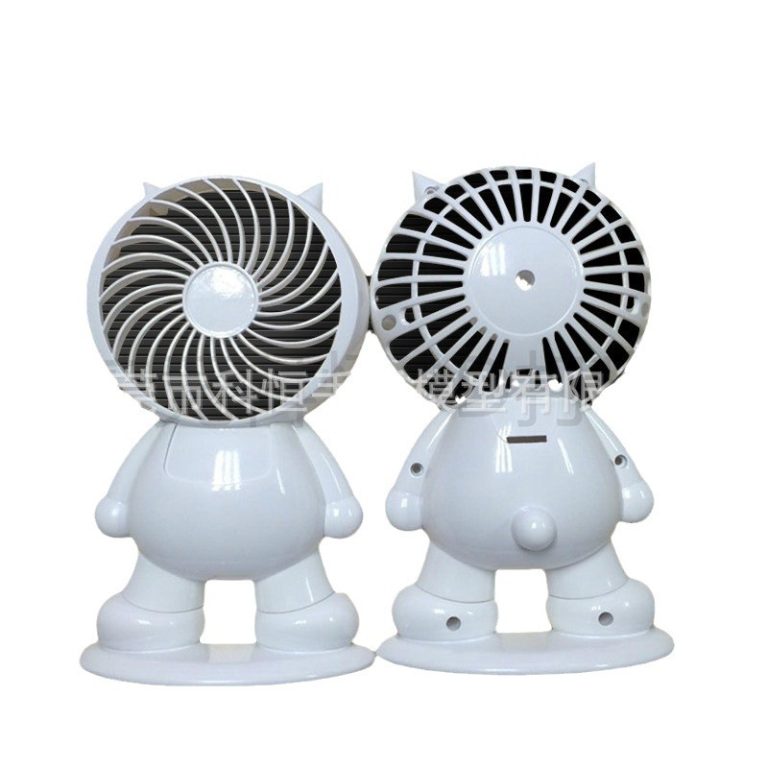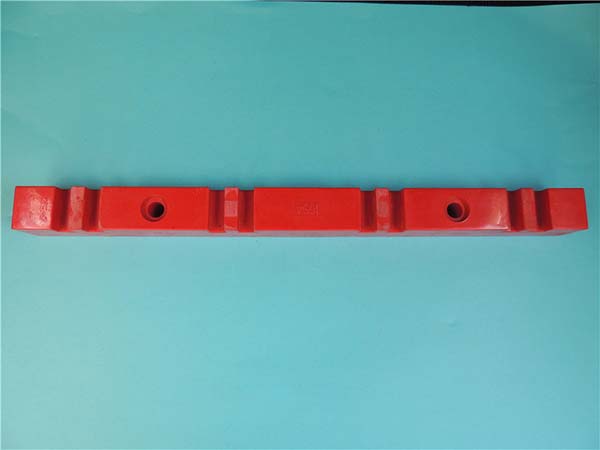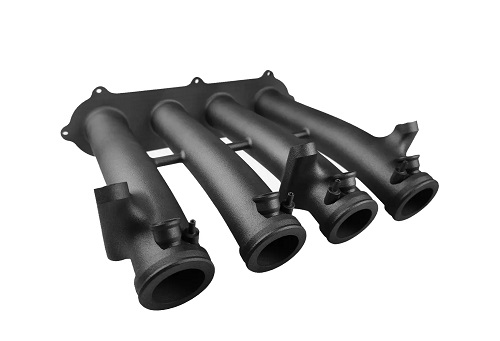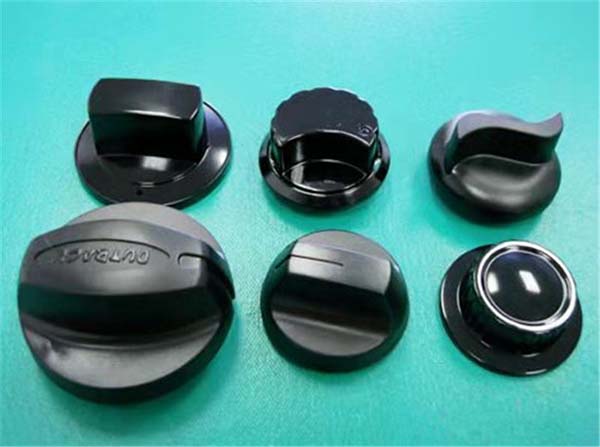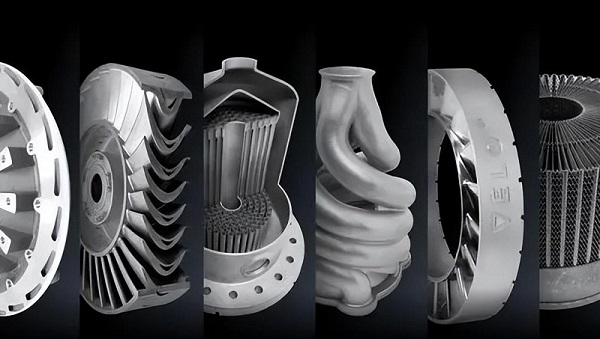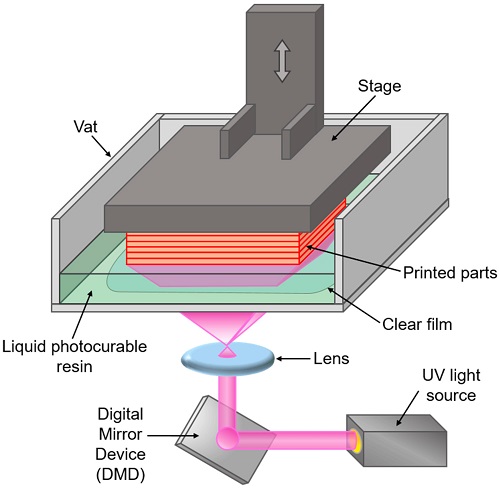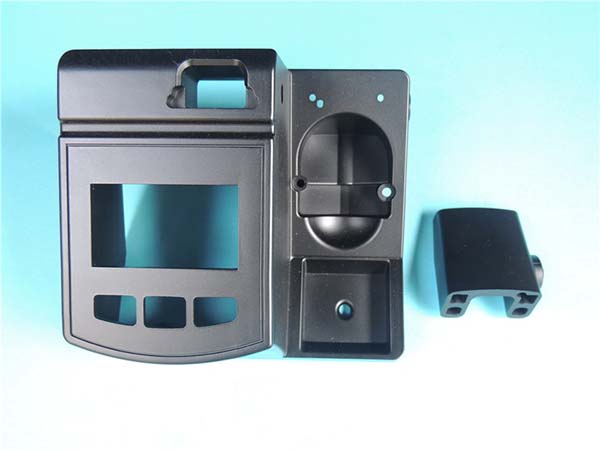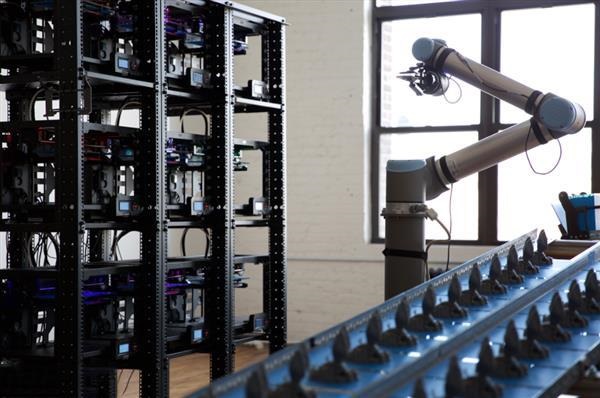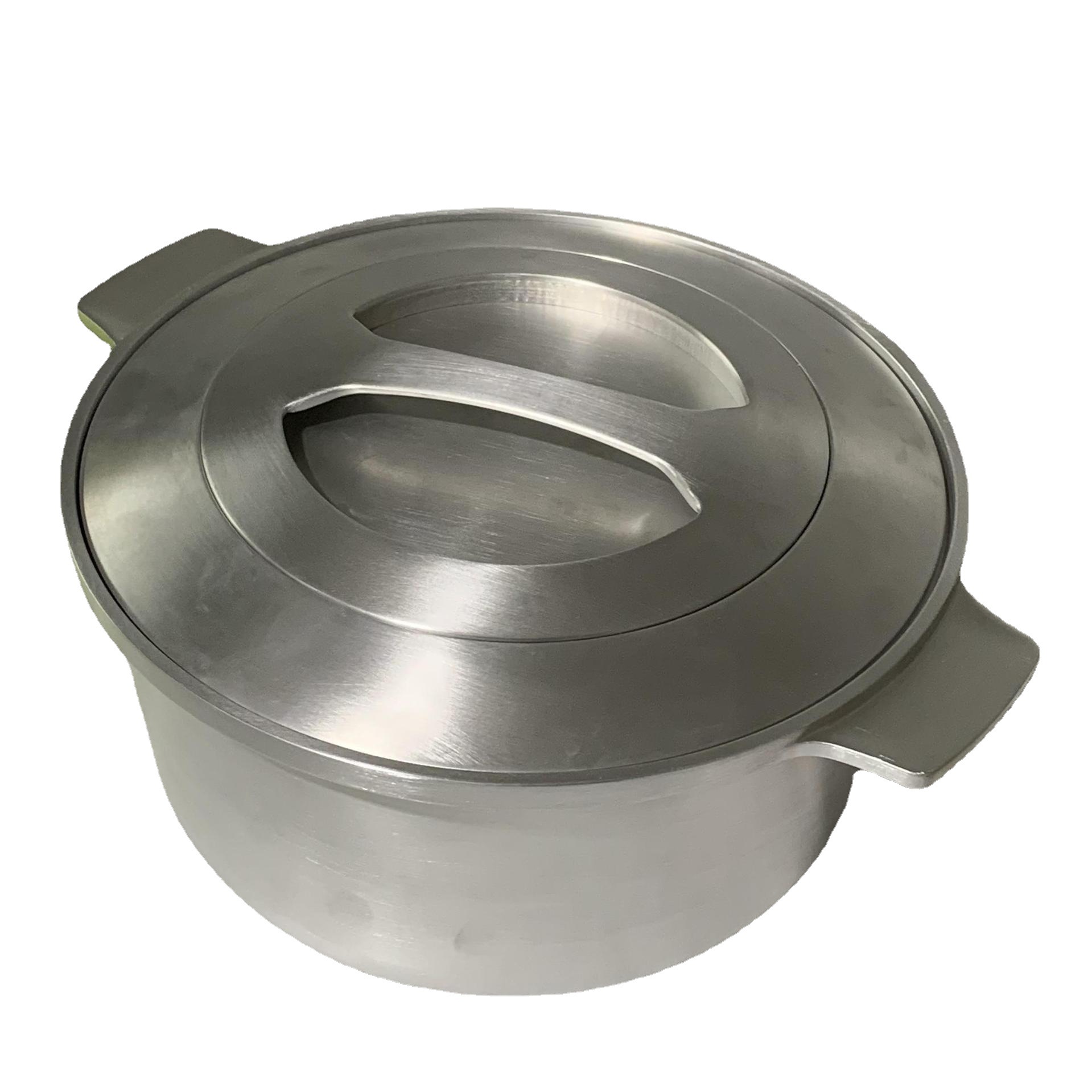1. Introduction
In the dynamic landscape of modern manufacturing, both additive manufacturing (AM), commonly known as 3D printing, and traditional craftsmanship hold significant positions. Traditional craftsmanship, with its roots deeply embedded in history, has long been the backbone of manufacturing, relying on well - established techniques such as casting, forging, and machining. It has provided the world with countless high - quality products, from the engines in our cars to the cutlery on our tables, and has been refined over centuries to achieve high levels of precision and reliability.
On the other hand, additive manufacturing represents a revolutionary shift in the manufacturing paradigm. Emerging as a disruptive technology in recent decades, AM has the ability to build three - dimensional objects layer by layer from a digital model, using materials such as plastics, metals, ceramics, and even biological materials. This innovative approach has opened up new possibilities that were previously unattainable with traditional methods.
The question of how additive manufacturing is evolving traditional craftsmanship is not only timely but also of great significance. It is a topic that has captured the attention of manufacturers, designers, and industry experts worldwide. By exploring this relationship, we can understand how these two manufacturing approaches can coexist, complement each other, and drive the future of manufacturing forward. In the following sections, we will delve into the specific ways in which additive manufacturing is influencing and transforming traditional craftsmanship, examining the advantages, challenges, and real - world applications that illustrate this exciting evolution.
4. How Additive Manufacturing is Transforming Traditional Craftsmanship
4.1 Design Innovation
Yigu Technology Additive manufacturing is a game - changer when it comes to design in traditional craftsmanship. Traditional manufacturing techniques often come with inherent design limitations. For instance, in traditional wood carving, complex internal structures or undercuts are extremely difficult to achieve. Carvers are restricted by the physical properties of the wood and the capabilities of their hand - held tools. If a design calls for a hollowed - out section with intricate patterns inside, it would require a great deal of painstaking effort and might not even be possible to execute with absolute precision.
However, with additive manufacturing, these limitations are lifted. Designers can now let their creativity run wild. They can create digital models of objects with the most complex geometries, knowing that the 3D printer can bring these designs to life layer by layer. Take the combination of traditional (wood carving) and additive manufacturing as an example. A designer interested in exploring new forms in wood - like art can use 3D modeling software to create a design that incorporates organic, flowing shapes with interlocking parts. Using a 3D printer that can print with wood - based filaments or even a hybrid approach where a 3D - printed structure is later finished with traditional wood - carving techniques, the designer can realize a piece that would have been inconceivable with traditional wood - carving methods alone.
In fact, a study by the Design Innovation Institute found that in the first year of introducing additive manufacturing into traditional wood - craft workshops, the number of unique design concepts that were successfully prototyped increased by 40%. This shows that additive manufacturing is enabling designers to explore new design possibilities, leading to a renaissance in traditional craftsmanship design.
4.2 Preservation and Revitalization
The role of additive manufacturing in preserving endangered traditional craftsmanship is becoming increasingly significant. Many traditional crafts are at risk of dying out due to a lack of skilled artisans, changing market demands, or the deterioration of original artworks. Additive manufacturing offers a solution through digital preservation. By using 3D scanning technology, the details of traditional craftsmanship pieces can be captured with high precision. These scans are then turned into digital models that can be stored indefinitely.
For Yigu Technology example, in the case of some ancient Chinese porcelain artworks, which are not only fragile but also extremely valuable, 3D scanning and printing technology have been used to create replicas. The Palace Museum in Beijing has been actively involved in such projects. They scanned some of their rare porcelain collections and used 3D printing to create accurate replicas. These replicas can be used for exhibition purposes, reducing the risk of damage to the original artifacts. Additionally, the digital models can be used to train new artisans, as they can study the intricate details of the original pieces in a virtual environment.
Another remarkable example is the use of additive manufacturing in the restoration of cultural heritage. The British Museum successfully used 3D printing to restore a damaged ancient Greek statue. The missing parts of the statue were digitally modeled based on the remaining intact sections and historical references. Then, 3D - printed components were created and seamlessly integrated with the original statue. This not only brought the statue back to its former glory but also demonstrated the potential of additive manufacturing in cultural heritage conservation. In fact, according to the International Council of Museums, over 30% of major museums worldwide have started to adopt 3D printing technology for (cultural relic protection) and restoration purposes.
4.3 Production Optimization
Yigu Technology Additive manufacturing has the potential to optimize the production processes in traditional craftsmanship, leading to significant cost - savings and increased efficiency. Let's take the (ceramic manufacturing) industry as an example. In traditional ceramic production, the (molding) process can be time - consuming and wasteful. For Yigu Technology instance, when making complex - shaped ceramic products, traditional methods often require the creation of multiple molds, which are expensive to produce and store. If there are design changes, the molds need to be re - made, adding to the cost and time.
With additive manufacturing, the molding process can be greatly simplified. A 3D printer can directly print the ceramic object in its final shape, eliminating the need for multiple molds. Some advanced ceramic 3D printers can even print with different materials simultaneously, allowing for the creation of ceramic products with multiple colors or textures in one print job. In terms of the (firing) process, additive manufacturing can also play a role. By using 3D - printed ceramic cores, it is possible to create ceramic products with complex internal structures that can improve heat distribution during firing, reducing the risk of cracking and improving the overall quality of the final product.
A recent study by the Ceramic Manufacturers Association showed that ceramic manufacturers who adopted additive manufacturing techniques saw a 25% reduction in production costs and a 30% increase in production efficiency within the first two years. This is mainly due to the elimination of mold - making costs, reduced material waste, and shorter production cycles.
FAQ
7.1 Can additive manufacturing completely replace traditional craftsmanship?
Additive manufacturing cannot completely replace traditional craftsmanship. Each has its own unique advantages. Traditional craftsmanship offers irreplaceable cultural and historical value, along with a human touch that comes from the hands - on work of artisans. For example, a hand - carved wooden statue has a warmth and uniqueness that a 3D - printed replica, no matter how accurate, cannot fully replicate. Traditional craftsmanship also often excels in mass - production scenarios where the infrastructure and supply chains are well - established.
7.2 What skills do workers need to master when combining additive manufacturing with traditional craftsmanship?
Workers need to have a diverse skill set. First, they must master digital design skills, including proficiency in CAD (Computer - Aided Design) and other 3D modeling software. This allows them to create digital models that can be used in additive manufacturing. Second, understanding the operation of additive manufacturing equipment is crucial. Different types of 3D printers, such as fused deposition modeling (FDM), stereolithography (SLA), and selective laser sintering (SLS) printers, have their own operation requirements and parameters that need to be controlled accurately.
7.3 How much does it cost to introduce additive manufacturing equipment for traditional craftsmanship enterprises?
The cost of additive manufacturing equipment varies widely. Entry - level desktop 3D printers, which are suitable for small - scale prototyping and testing in traditional craftsmanship workshops, can cost as little as a few hundred dollars. These printers are often used for creating small - scale models or for experimenting with design concepts.
Industrial - grade additive manufacturing equipment, on the other hand, can be significantly more expensive. High - end metal 3D printers, for example, which are used for producing functional parts with high - quality metals like titanium or aluminum, can cost from hundreds of thousands to several million dollars. Factors that affect the cost include the build volume, the precision of the printer, the types of materials it can use, and additional features such as automation and post - processing capabilities. Traditional craftsmanship enterprises need to carefully assess their production needs, budget, and long - term business plans before investing in additive manufacturing equipment.
